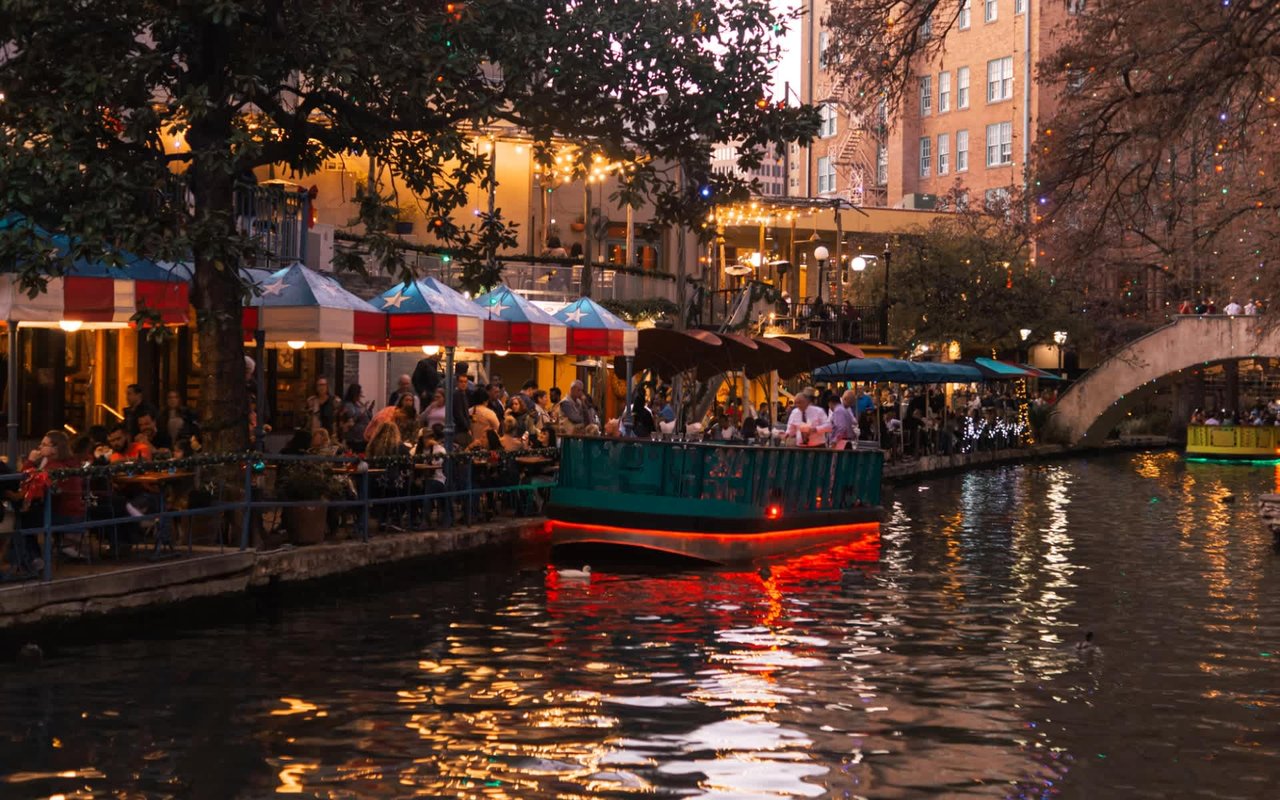San Antonio, TX, is renowned for its rich cultural heritage and diverse architectural styles. From Spanish colonial missions to modern marvels, the city offers a fascinating glimpse into various historical eras and architectural movements. This article explores some of the most iconic architectural landmarks in
San Antonio, providing insight into their significance and unique characteristics. Whether you are a resident, a potential homebuyer, or a visitor, understanding the city's architectural landscape can enhance your appreciation of San Antonio real estate and its historical context.
The Alamo
The Alamo is arguably the most famous historical site in Texas. Established in the 18th century as Mission San Antonio de Valero, the Alamo was pivotal in the Texas Revolution. This Spanish mission complex showcases colonial architecture with its thick limestone walls and simple yet imposing facade. The Alamo’s design reflects the practical needs of its time, combining religious, residential, and military functions. As a symbol of Texas independence, the Alamo remains a must-visit landmark for anyone interested in the state's history and architectural heritage.
San Fernando Cathedral
San Fernando Cathedral, one of the oldest cathedrals in the United States, is a testament to San Antonio's rich religious and cultural history. Completed in 1750, this cathedral features Gothic Revival architecture with pointed arches, ribbed vaults, and flying buttresses. The cathedral's interior is impressive, adorned with stained glass windows and intricate carvings. San Fernando Cathedral serves as a place of worship and a cultural center that hosts numerous community events, making it a cornerstone of San Antonio's architectural and social landscape.
The Spanish Governor's Palace
The Spanish Governor's Palace is a prime example of Spanish Colonial architecture in San Antonio. Built in the early 18th century, this adobe structure features characteristic elements such as whitewashed walls, wooden beams, and a central courtyard. The palace served as the residence and administrative office for the Spanish governors of Texas. Today, it functions as a museum, offering visitors a glimpse into the colonial era with its period furnishings and artifacts. The Spanish Governor's Palace is a significant landmark highlighting Spanish architecture's influence in shaping the city’s identity.
Tower of the Americas
A symbol of San Antonio’s modern era, the Tower of the Americas was constructed for the 1968 HemisFair World's Fair. Standing at 750 feet, this observation tower offers panoramic views of the city. Designed by architect O’Neil Ford, the tower combines mid-century modern design with elements inspired by the city’s cultural heritage. The structure features a revolving restaurant and an observation deck, providing a unique vantage point to appreciate San Antonio’s skyline. The Tower of the Americas is a notable example of how contemporary architecture can blend with historical context to create a landmark representing progress and tradition.
The Majestic Theatre
The Majestic Theatre is an architectural gem in downtown San Antonio, exemplifying the grandeur of early 20th-century design. Opened in 1929, this theatre features a combination of Spanish Mediterranean and Baroque styles, with ornate detailing, grand staircases, and elaborate ceilings. The Majestic Theatre’s interior is just as stunning, with its lavish decor and atmospheric lighting, creating a magical experience for visitors. As one of the city's premier performing arts venues, the Majestic Theatre continues to host various events, from Broadway shows to concerts, preserving its historical and cultural significance.
The Emily Morgan Hotel
The Emily Morgan Hotel, originally built as a medical arts building in 1924, is an iconic Gothic Revival structure located near the Alamo. Designed by architect Ralph Cameron, the hotel features gargoyles, arched windows, and terra cotta embellishments. The building was converted into a hotel in the 1980s, preserving its architectural integrity while adapting it for modern use. The Emily Morgan Hotel is reputed to be one of the most haunted hotels in America, adding an intriguing aspect to its historical and architectural appeal. This landmark represents the adaptive reuse of historic buildings, contributing to the dynamic real estate landscape in San Antonio.
The Bexar County Courthouse
The Bexar County Courthouse is a striking example of Romanesque Revival architecture. Completed in 1896, this red sandstone building features rounded arches, turrets, and a prominent clock tower. The courthouse’s design reflects a sense of stability and permanence, befitting its role in the judicial system. The interior of the courthouse is equally impressive, with its grand staircases, stained glass windows, and detailed woodwork. The Bexar County Courthouse remains an active center of judicial activity and serves as a historical monument, highlighting the architectural evolution of San Antonio’s civic buildings.
San Antonio Missions National Historical Park
The San Antonio Missions National Historical Park encompasses four Spanish missions: Concepción, San José, San Juan, and Espada. These missions, established in the 18th century, exemplify Spanish Colonial architecture, featuring stone and stucco buildings with bell towers, arched corridors, and expansive courtyards. Each mission has unique attributes, but collectively, they represent the Spanish efforts to colonize and evangelize the region. The missions are part of a UNESCO World Heritage Site, underscoring their global cultural and historical importance. Visiting the San Antonio Missions offers a comprehensive understanding of the city’s early architectural and cultural landscape.
Frost Tower
Frost Tower is a modern architectural marvel that stands out in the San Antonio skyline. Completed in 2019, this 23-story office building features a sleek, angular design with glass facades reflecting the cityscape. The tower's design emphasizes sustainability and energy efficiency, incorporating advanced building technologies. Frost Tower represents the contemporary phase of San Antonio's architectural development, symbolizing the city's growth and modernization while maintaining respect for its historical roots. This landmark is an example of how modern architecture can contribute to the dynamic real estate market in San Antonio.
The Pearl Brewery
The Pearl Brewery complex is a prime example of adaptive reuse in architecture. Originally established in the late 19th century, the brewery was transformed into a vibrant mixed-use development in the 2000s. The complex retains many of its historic structures, including the brewhouse with its distinctive Victorian industrial architecture. Today, the Pearl Brewery is a bustling hub of restaurants, shops, and residential spaces, seamlessly blending old and new architectural elements. This development highlights the potential of preserving historical architecture while accommodating contemporary urban needs, making it a significant player in San Antonio real estate.
Explore San Antonio's Architectural Heritage
San Antonio's architectural landmarks offer a diverse tapestry of styles and historical significance. From the colonial charm of the Spanish Governor's Palace to the modern elegance of Frost Tower, each landmark tells a unique story of the city's evolution. Understanding and appreciating these architectural treasures can enhance your experience of the city, whether you are considering moving here, investing in real estate, or simply exploring its cultural heritage.
For those interested in learning more about
San Antonio real estate and exploring the city's vibrant neighborhoods, contact
Missy Stagers today. Missy’s expertise can guide you through the diverse real estate market, ensuring you find the perfect home or investment property.




